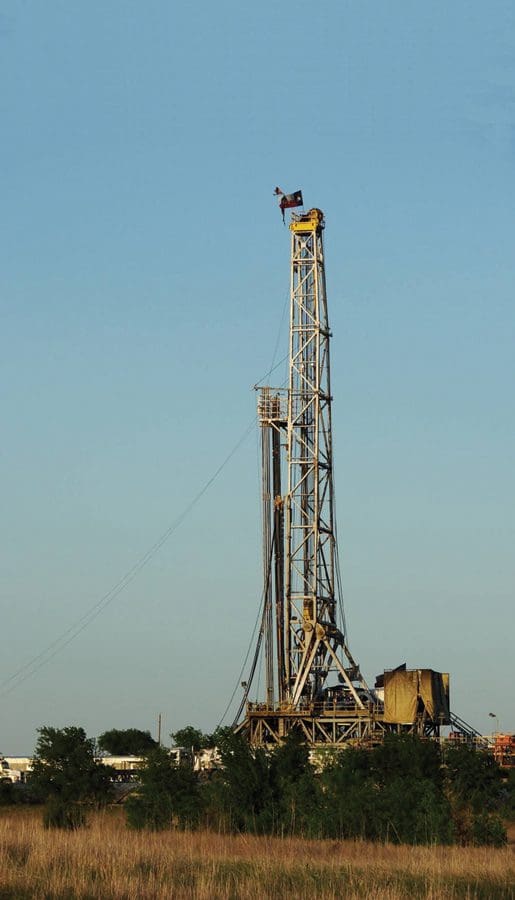The U.S. Environmental Protection Agency said it would gather public comment for 90 days on whether to require chemical manufacturers to disclose the contents of fluids they inject into shale seams to release trapped oil or gas.
Fracking technology has sparked a boom in U.S. energy production, but critics worry that it is polluting drinking water supplies. The environmental group Earthjustice petitioned the EPA to consider the rules on fracking fluids.
“Today’s announcement represents an important step in increasing the public’s access to information on chemicals used in hydraulic fracturing activities,” said James Jones, EPA’s assistant administrator for the Office of Chemical Safety and Pollution Prevention.
Hydraulic fracturing is now regulated by the states, with no significant federal oversight. Some big oil- and gas-producing states require some disclosure about the mix of chemicals and fluids used to frack thousands of wells across the country.
Jones told reporters the EPA wants to learn what is happening at the state level and what voluntary mechanisms are available for reporting. The EPA said its notice may not result in formal measures, and it would consider non-regulatory approaches.
Deborah Goldberg, an attorney with Earthjustice, said the EPA was being “less than aggressive” on the issue. The group has asked the EPA to require chemical manufacturers and processors to publish detailed information about the content of fluids used in fracking. It also requested that those companies submit all health and safety studies available on those fluid mixtures.
The EPA denied parts of Earthjustice’s petition, including a request for companies to conduct toxicity tests on fracking liquids. The agency said in its initial response to the 2011 petition that it would take an approach that would “minimize reporting burdens and costs” and try to avoid duplication.
Drillers say they are worried that greater disclosure may jeopardize commercially secret formula for the fluids they use to coax the maximum oil or gas out of a given well. Still, the industry has become more transparent in recent years in dealing with public health concerns about fracking.
Last month, Baker Hughes, one of the largest U.S. oil service companies, said it plans to disclose all chemical ingredients contained in its fracking fluids, without giving specific formulas.
IMPROVED TRANSPARENCY
Industry groups said the oil and gas sector has already taken significant steps to report chemicals.
“I’m not sure this is going to push anything forward that isn’t happening of its own accord,” said Jason Hutt, a partner representing industry clients at law firm Bracewell & Giuliani.
Jon Coifman of the Environmental Defense Fund, a co-petitioner with Earth justice, said EPA’s reporting onus would be on manufacturers and processors of fracking chemicals and would entail health and safety data on the chemicals they make. In contrast, current voluntary and state-required disclosures are from well operators and focus only on chemical identities.
New reporting by manufacturers could reveal chemicals that are currently undisclosed, as well as hundreds of substances whose use is already widely reported, but for which there is little health or environmental safety data available.
“The main aim is to ensure EPA has information sufficient to understand the potential risks of the subject chemicals at an aggregate, national level,” Coifman said.
Earthjustice’s Goldberg said stringent federal rules are needed because not all states are equipped to regulate.
“Some of the states do something. Some don’t. A lot of the disclosure they require is enforced rarely and poorly,” she said.
Oil and gas operations are commonly found in remote locations far from company headquarters. Now, it's possible to monitor pump operations, collate and analyze seismic data, and track employees around the world from almost anywhere. Whether employees are in the office or in the field, the internet and related applications enable a greater multidirectional flow of information – and control – than ever before.











